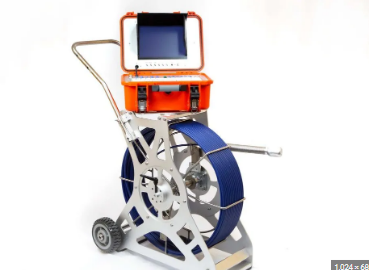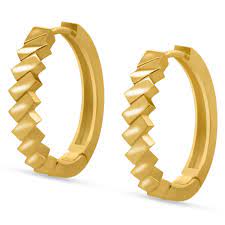Sewer cameras are a crucial tool in the plumbing industry. They are used to inspect sewer pipes and identify any issues that could lead to clogs, backups, or leaks. These cameras are designed to navigate through drainage systems, measure the depth of pipes, and capture clear images of the interior of pipes. With so many types of sewer cameras available, it can be difficult to know which one to choose. In this blog post, we’ll cover everything you need to know about sewer cameras.
Types of Sewer Cameras
There are three main types of sewer cameras: push cameras, crawler cameras, and zoom cameras. Push cameras are the most basic and affordable type of sewer camera. They feature a small camera head attached to a long cable that is manually pushed through the pipes. Crawler cameras are operated remotely and can move through pipes on their own. They are equipped with wheels and are guided through pipes with a controller. Zoom cameras offer greater magnification and are ideal for capturing detailed images of pipes.
Benefits of Sewer Cameras
Sewer cameras offer a variety of benefits. They can identify clogs, leaks, and other issues before they become major problems. They can also pinpoint the exact location of a problem, which can save time and money. Sewer cameras can also help identify potential issues that can be addressed before they cause damage to your home or property.
Operating a Sewer Camera
Before using a sewer camera, it’s important to follow proper safety precautions. Sewer pipes can be dangerous, so it’s important to wear proper protective gear, such as gloves and eye protection. It’s also important to follow proper operating procedures for your specific camera. For example, if you’re using a push camera, make sure to push it through the pipes slowly to avoid causing damage.
Choosing a Sewer Camera
When choosing a sewer camera, there are several factors to consider. For example, consider the type of pipes you’ll be inspecting. If you’ll be inspecting larger pipes, you may need a crawler camera. If you’ll be inspecting smaller pipes, a push camera may be sufficient. Other factors to consider include the depth of pipes, the length of the cable, and the resolution of the camera.
Maintenance and Cleaning
Proper maintenance and cleaning of your sewer camera are crucial to ensuring that it continues to function properly. Make sure to clean the camera head after each use to prevent buildup of debris. Also, make sure to inspect the cable and any other accessories for damage before each use. Regular maintenance can help extend the life of your sewer camera and ensure that it continues to function properly.
Short:
Sewer Cameras are a crucial tool for plumbing professionals. They can help identify and address potential issues in sewer pipes before they become major problems. Choosing the right type of sewer camera, following proper safety procedures, and maintaining your camera properly can help ensure that it continues to function properly for years to come. Whether you’re a plumbing professional or a homeowner, investing in a sewer camera can help you catch potential issues early, saving time and money in the long run.



